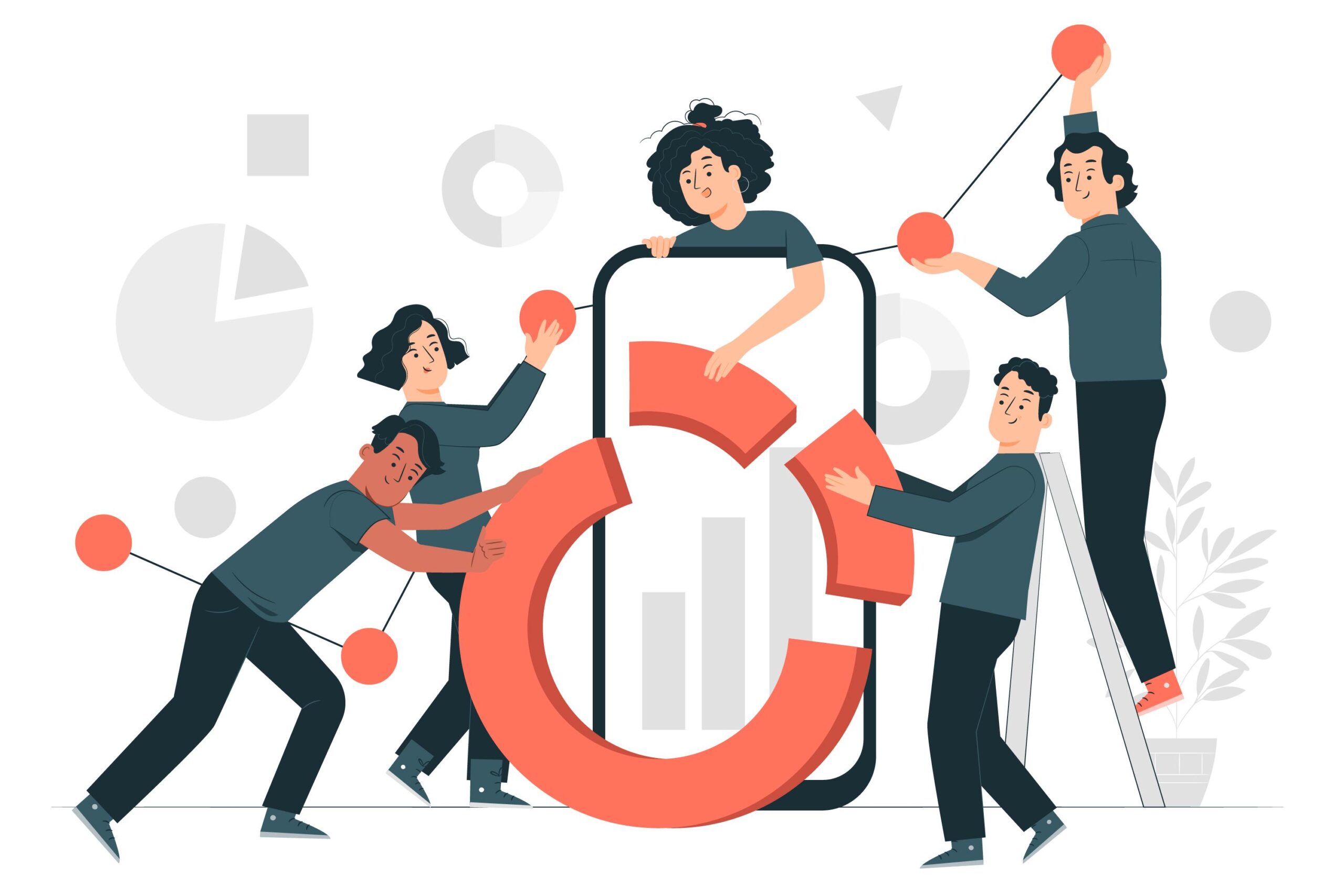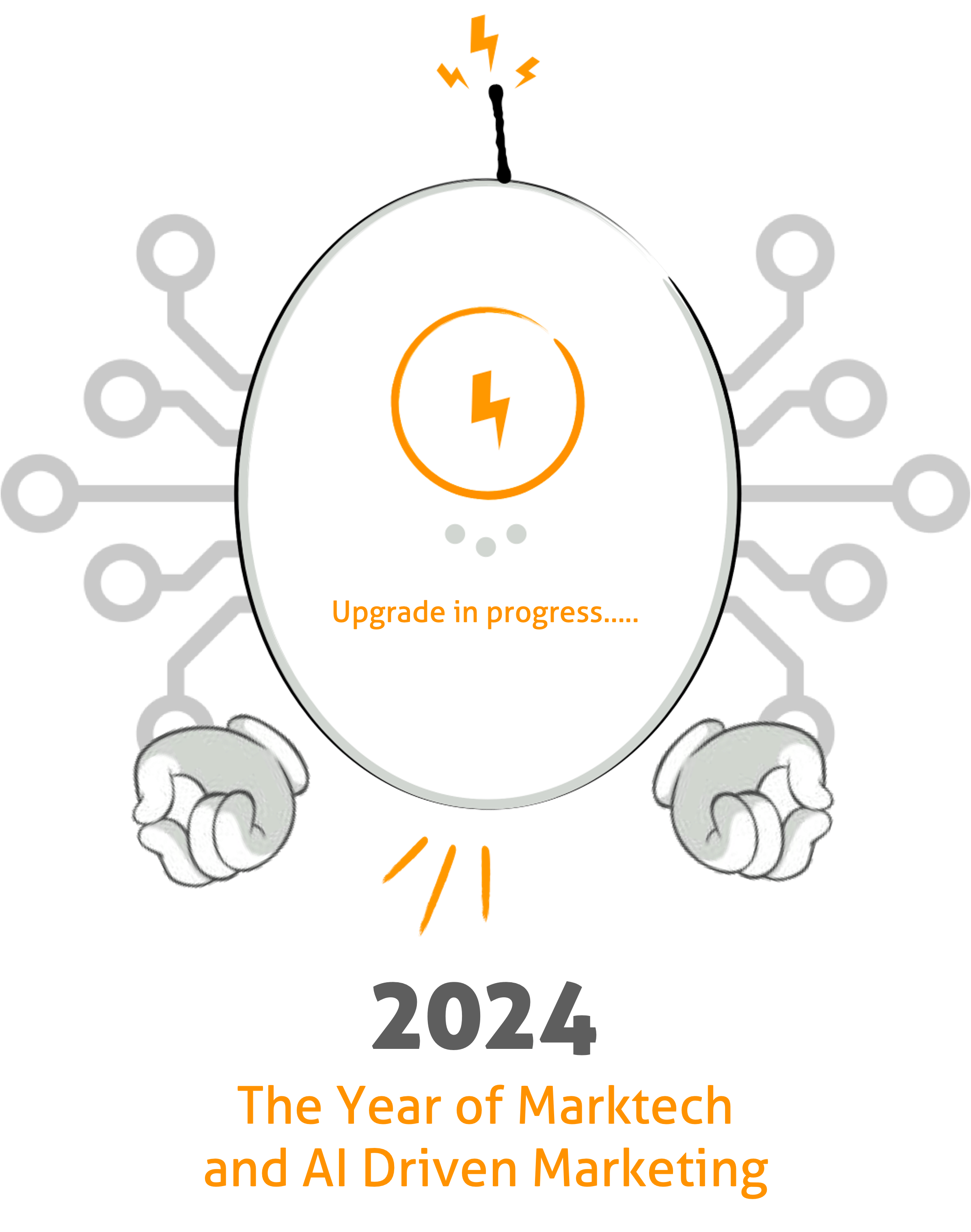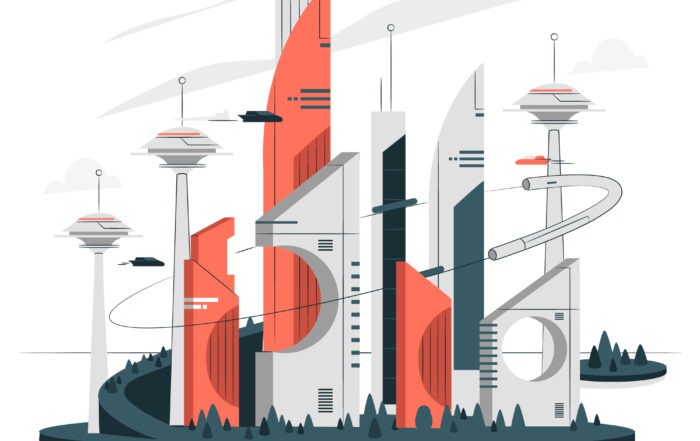
In today’s digital-first marketplace, small and medium-sized businesses (SMBs) face unique opportunities and challenges in reaching their target audiences effectively. Many business owners and marketing teams often conflate two essential marketing concepts: digital marketing and demand generation. Though they share many similarities, they are fundamentally different in scope, objectives, and application. This blog will explore the nuances between these two concepts, offering SMBs a comprehensive understanding of how to leverage both to drive growth, customer engagement, and sustained success.
Let’s delve into what each concept entails, how they interact, and how SMBs can implement actionable strategies to gain a competitive edge.
Digital Marketing: A Broad Foundation for Customer Engagement
Digital marketing refers to any marketing activity that uses digital channels, including websites, social media, email, and search engines, to connect with current and prospective customers. It’s the modern marketer’s toolbox, encompassing diverse tactics aimed at building awareness, generating leads, and driving conversions.
Core Components of Digital Marketing:
- Content Marketing: Creating valuable content—such as blogs, videos, and infographics—to engage and inform audiences, attracting them to the brand.
- Search Engine Optimization (SEO): Improving website content and structure to enhance visibility on search engines, driving organic traffic.
- Social Media Marketing: Utilizing platforms like Facebook, Instagram, LinkedIn, and Twitter to promote products, engage with audiences, and build a community.
- Email Marketing: Sending targeted email campaigns to nurture leads, educate customers, and drive conversions.
- Pay-Per-Click (PPC) Advertising: Paying for ads on search engines, social media, or other platforms to drive immediate traffic and conversions.
- Affiliate Marketing: Partnering with affiliates or influencers to reach broader audiences and drive sales.
- Influencer Marketing: Leveraging relationships with influencers who have large followings to reach potential customers.
- Online PR: Gaining coverage from online publications, blogs, and other digital media to improve brand reputation and reach.
Primary Objectives of Digital Marketing:
Digital marketing is geared toward promoting the brand, products, or services through various online channels, driving engagement, generating leads, and increasing sales. It offers flexibility, allowing SMBs to pursue both short-term and long-term objectives depending on the campaign goals.
Demand Generation: Building Interest and Demand Through Strategic Engagement
Demand generation takes a more strategic, long-term approach focused on creating interest and demand for a business’s offerings. Unlike digital marketing, which might aim to reach a broad audience, demand generation is often more targeted, nurturing potential leads and driving them toward becoming customers. It’s a philosophy that encompasses not only digital marketing tactics but also a mix of online and offline strategies designed to build sustained interest.
Core Components of Demand Generation:
- Content Creation: High-quality, informative content that educates and engages prospects, positioning the company as a thought leader.
- Lead Nurturing: Personalized communication to build and maintain relationships with potential customers, often through email marketing, social media, and targeted content.
- Account-Based Marketing (ABM): Customizing marketing efforts for specific high-value accounts or businesses.
- Webinars and Events: Hosting online or offline events to showcase expertise and educate prospects.
- Inbound Marketing: Attracting customers organically through content and resources that provide value and solve their pain points.
- Outbound Marketing: Actively reaching out to potential customers through tactics like email campaigns and cold calling.
- Marketing Automation: Using tools to automate repetitive tasks such as email sequences and social media scheduling, allowing for personalized communication at scale.
- Sales Alignment: Ensuring that marketing and sales teams work in unison to convert leads into customers efficiently.
Primary Objectives of Demand Generation:
Demand generation aims to cultivate interest in a brand, create a qualified pipeline of leads, and ultimately convert these leads into loyal customers. It is a long-term investment in building relationships and is essential for growing brand equity.
Key Differences Between Digital Marketing and Demand Generation
While there is overlap between digital marketing and demand generation, their distinctions lie in scope, focus, tactics, and metrics.

Is Demand Generation a Superset of Digital Marketing?
Demand generation can be seen as a broader concept that incorporates digital marketing as a critical component. It leverages digital marketing to drive specific outcomes, such as lead nurturing and account engagement, within a larger strategy aimed at generating sustained demand.
Implementing Digital Marketing and Demand Generation Strategies for SMBs
Let’s explore practical steps SMBs can take to build a robust marketing strategy that combines both demand generation and digital marketing.
1. Define Clear Objectives and Metrics
Start by identifying what you want to achieve. Are you looking for immediate sales or aiming to build long-term relationships? Set specific KPIs to track progress:
- Digital Marketing KPIs: Website traffic, social media engagement, conversion rates.
- Demand Generation KPIs: Lead quality, engagement scores, and pipeline growth.
2. Craft a Content Strategy that Balances Attraction and Nurturing
- Attract with Digital Marketing: Use SEO-optimized blog posts, social media, and PPC to reach a wider audience and capture interest.
- Nurture with Demand Generation: Implement lead-nurturing sequences, personalized emails, and ABM tactics to keep prospects engaged and moving through the funnel.
3. Align Marketing and Sales Teams for Seamless Conversion
Ensure that your marketing and sales teams have aligned goals and communication channels. Demand generation relies heavily on close sales-marketing alignment to effectively convert leads.
4. Leverage Marketing Automation to Scale Efforts
Automation is key to both digital marketing and demand generation:
- Set up automated email sequences to nurture leads based on behavior.
- Use CRM tools to capture and analyze data, enabling more personalized interactions.
5. Experiment, Analyze, and Optimize Regularly
Both digital marketing and demand generation are data-driven disciplines. Regularly assess campaign performance, adjust tactics based on insights, and stay agile to adapt to changing market conditions.
Actionable Roadmap for SMBs
- Set Clear Objectives: Define goals for both immediate and long-term success.
- Create a Buyer Persona: Understand your ideal customer to guide targeting.
- Develop a Content Mix: Balance SEO-friendly articles with educational webinars and case studies.
- Automate Key Processes: Use CRM and automation software to streamline nurturing.
- Measure and Optimize: Continuously track and refine based on data.
The Future of Marketing for SMBs
In a landscape defined by competition and changing customer expectations, understanding and leveraging both digital marketing and demand generation are vital for SMBs. By aligning these strategies, businesses can achieve both immediate engagement and sustained interest, building a robust foundation for growth.
Are you ready to take the next step? Download our comprehensive infographic on Demand Generation vs. Digital Marketing to get a visual breakdown of these strategies and start your journey to smarter marketing today.
Share This Story, Choose Your Platform!
FAQs
Marinoid has a different grammatical meaning. We coined it from two words viz Marketing + Droids. A futuristic approach to marketing. Our mascot ‘Noidy’ is designed and inspired by the movie, WALLE and shares the same emotional quotient.
You will get a call from us within 24 hours or when you have scheduled a call. First meeting focuses on understanding your business problem and/or marketing request. We will brainstorm the need and discuss how to approach it. If you like the approach, we will discuss the commercials and kickstart the journey.
Digital Marketing is not magic. It is a science and art. Besides, there are various factors which decide ‘success’. Treat marketing as an investment centre rather than a cost centre. Understand and brainstorm as much as possible before committing to the plan.
A wise man once said – “If you throw peanuts, you will only attract monkeys!” At Marinoid, we focus on helping you achieve GTM first rather than focusing on our profits – so don’t worry we will help you regardless.
In simple terms, your website – your most critical asset. Focus most of your efforts on making this asset robust, scalable and simple. It should be your best replacement on the web and all your efforts should be circled around this asset.
Yes, there is an hourly charge for consultation. Check our pricing page or drop us a note and we will tell you the details.

Some of our Recent Posts:
Beyond Buzzwords: How SMBs Can Transform Virtual Influencers into AI-Driven Problem-Solvers
Welcome to the Future of SMB Marketing Picture this: you run a thriving SMB offering IT services or products, and your customer pipeline is growing fast. Great news! But [...]
The Future of Attraction: Inbound Marketing in 2025—A Strategic Guide for SMBs
As we get ready for 2025, the way we attract customers is evolving rapidly, driven by the fusion of advanced technology, shifting consumer expectations, and innovative inbound strategies. For [...]
How AI and Personalization are Revolutionizing Customer Engagement.
A Roadmap for SMBs in 2025 Imagine knowing each of your customers so well that you can tailor every interaction, every message, every offer just for them. It sounds like [...]
From Vision to Victory: How SMBs Can Craft and Sustain a Powerful Growth Story with Strategic Marketing
In the world of business, growth is a journey, not a destination. For small and medium-sized businesses (SMBs), crafting and nurturing a growth story is more than just expanding [...]



